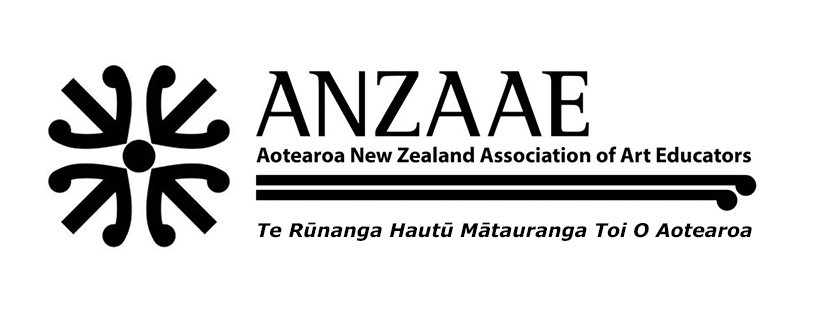Resource Collections
Literacy and Numeracy
all
|
Activities
|
Publications
I
Resources
|
Videos
|
Websites
A collection of Literacy and Numeracy related resources to support kaiako with the planning and delivery of teaching and learning
-
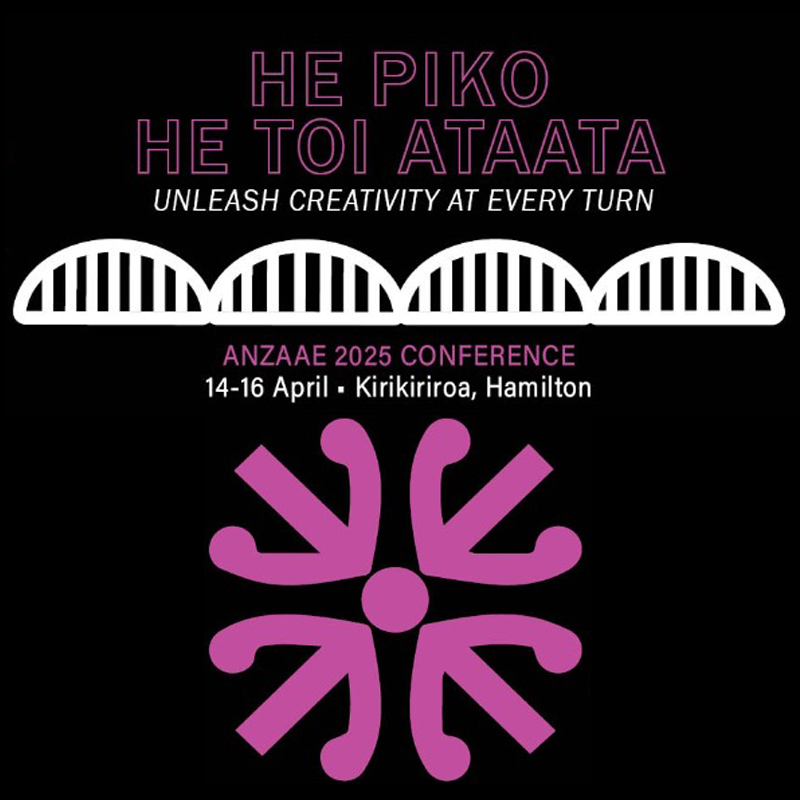
Literacy Resources
These are literacy resources provided by participants in ‘Art Teacher speed Dating’ at the ANZAAE Conference in Kirikiriroa, Hamilton, 2025.
-
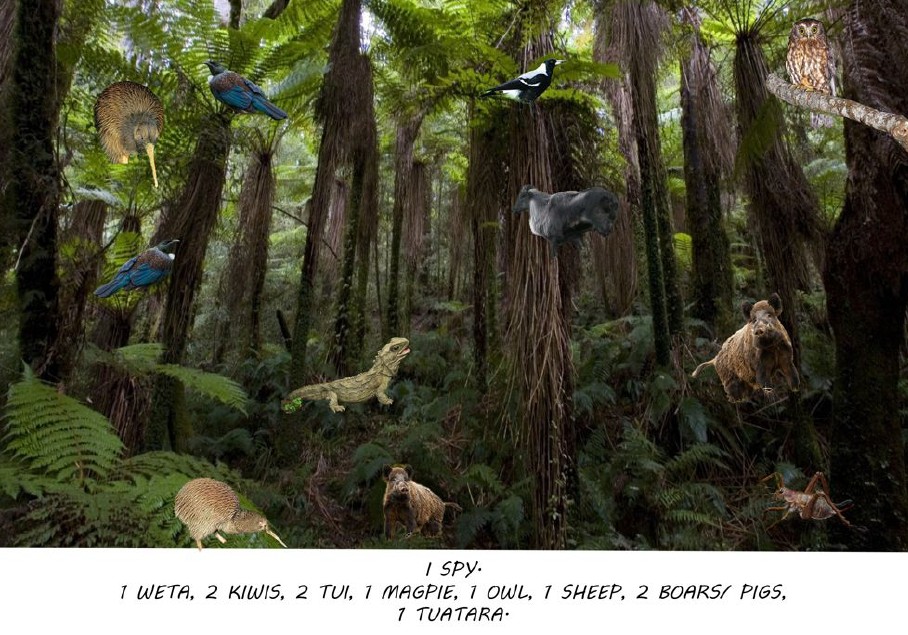
I Spy
A collection of I Spy resources for primary through to secondary education.
-
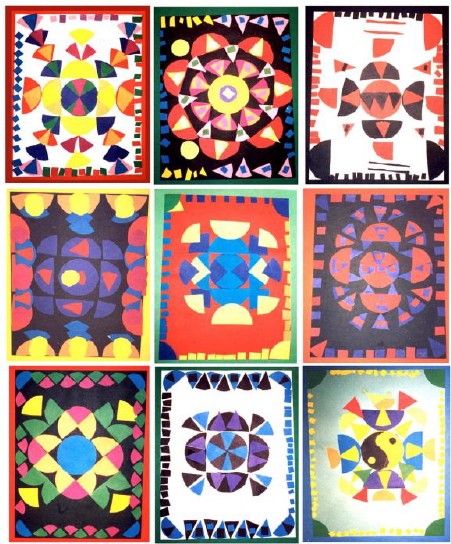
STEAM RESOURCE: Numeracy and Visual Art
This multi-lesson resource reinforces counting, measurement and geometry through a Visual Art lens. Aimed at students working at Level 3 NZCF.
-
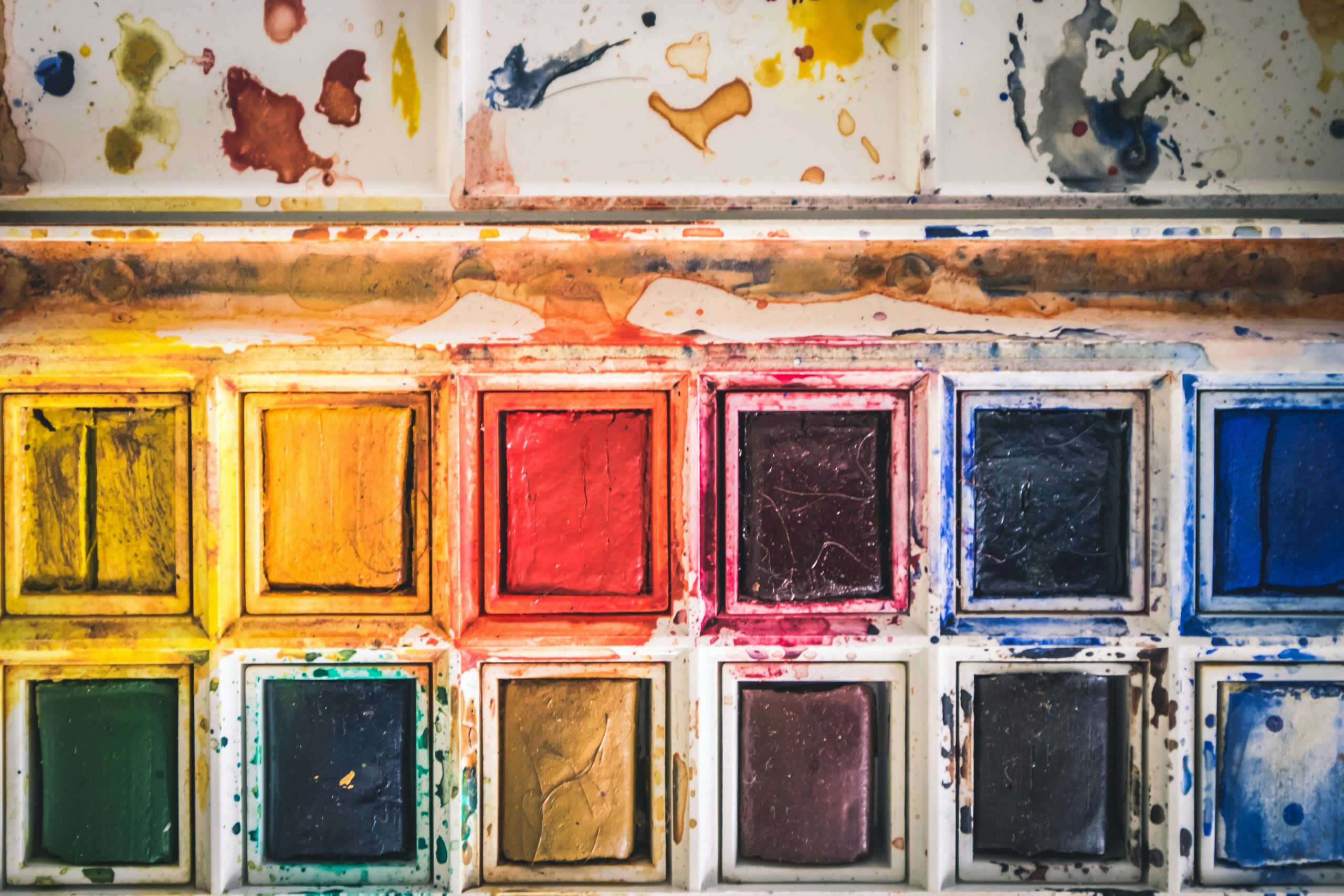
Generic Art Analysis Task
A generic one-period or homework analysis task to encourage the practice of providing examples and explaining effects in analysis.
-
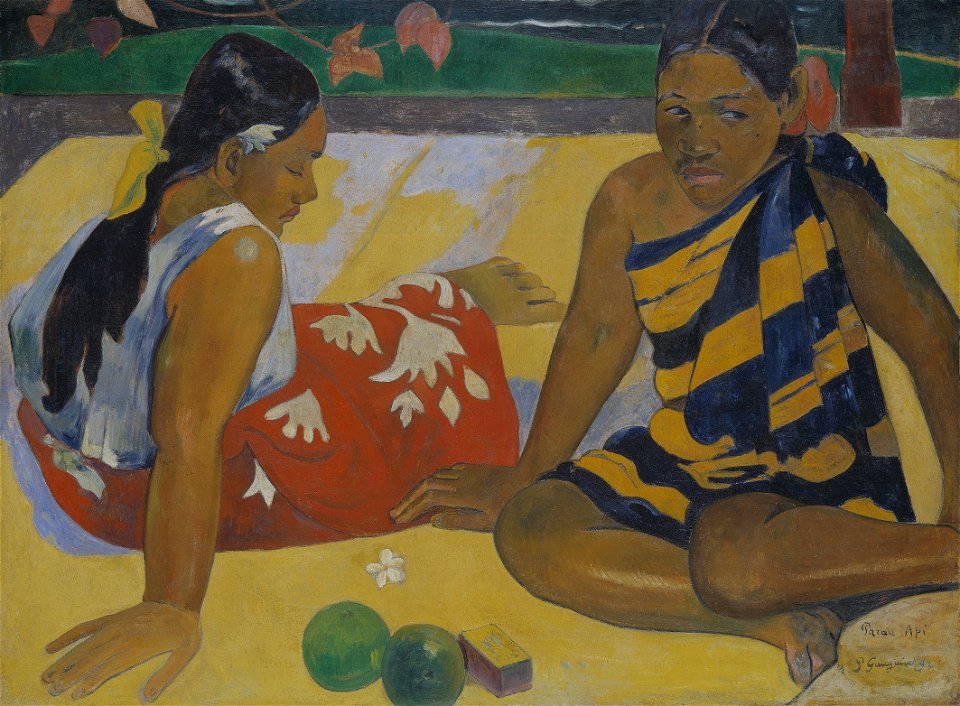
How to Analyse a Painting Handout
A handout for students examining how to analyse a painting at Senior Secondary.
-

Postcolonial Glossary
A glossary of terms for reading about Postcolonialist Theory. Useful for supporting Art History: Contemporary Diversity.
-

15th Century Italian Painting
Workbook pages to use with students on this topic area – includes main artists, iconography, rvision charts, glossary, crossword activity etc.
-
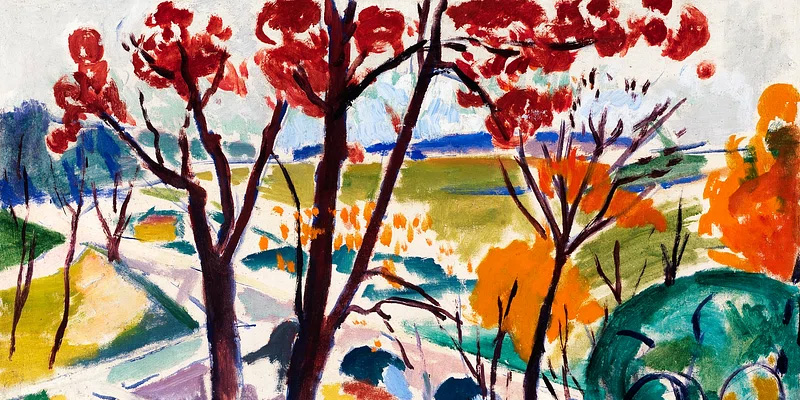
Fauvism and Expressionism
These pages are part of a framework for students studying NCEA Level 3 Art History.
-
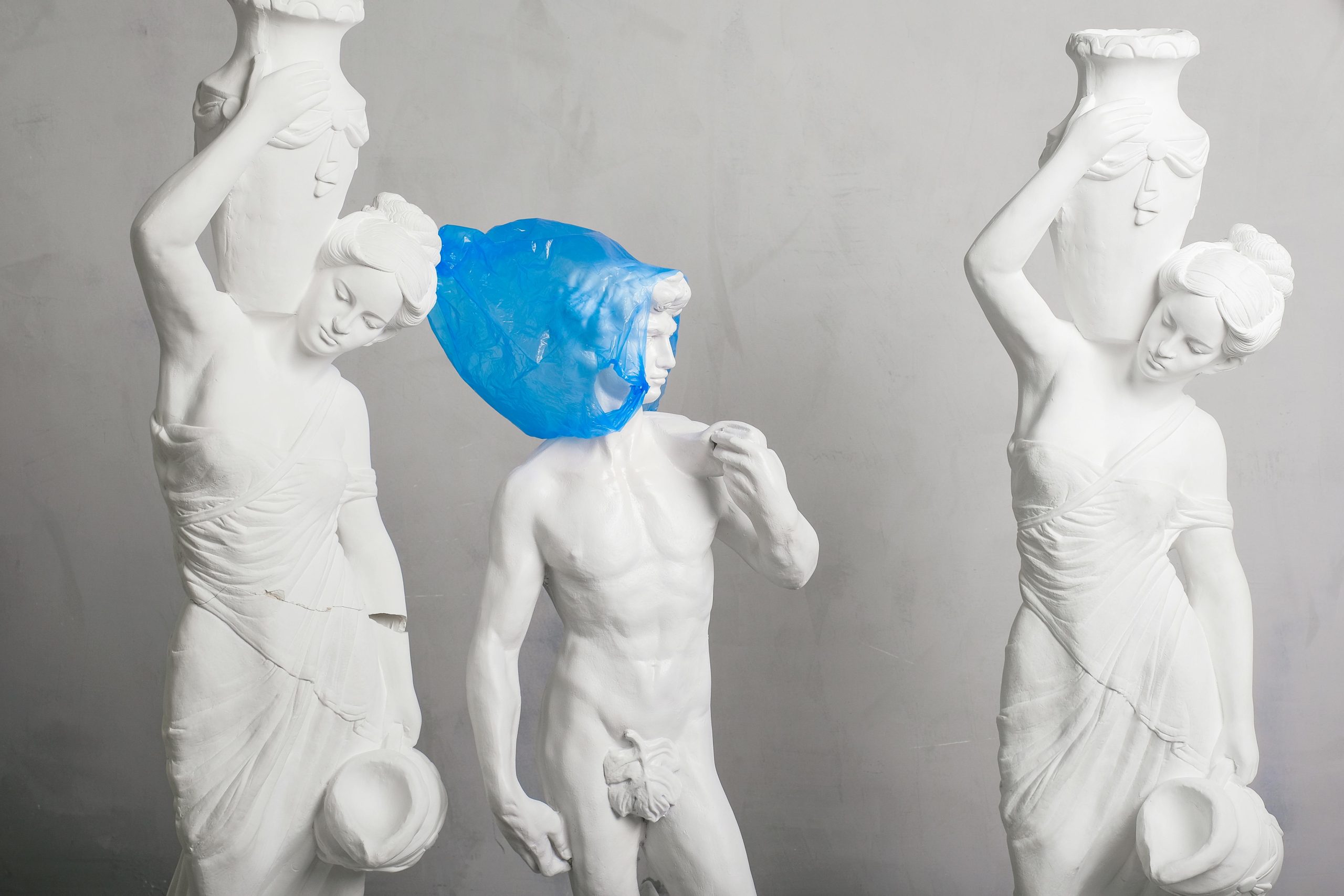
Compare and Contrast Template
Compare and contrast template suitable for all levels of NCEA, along with Junior Secondary.
-
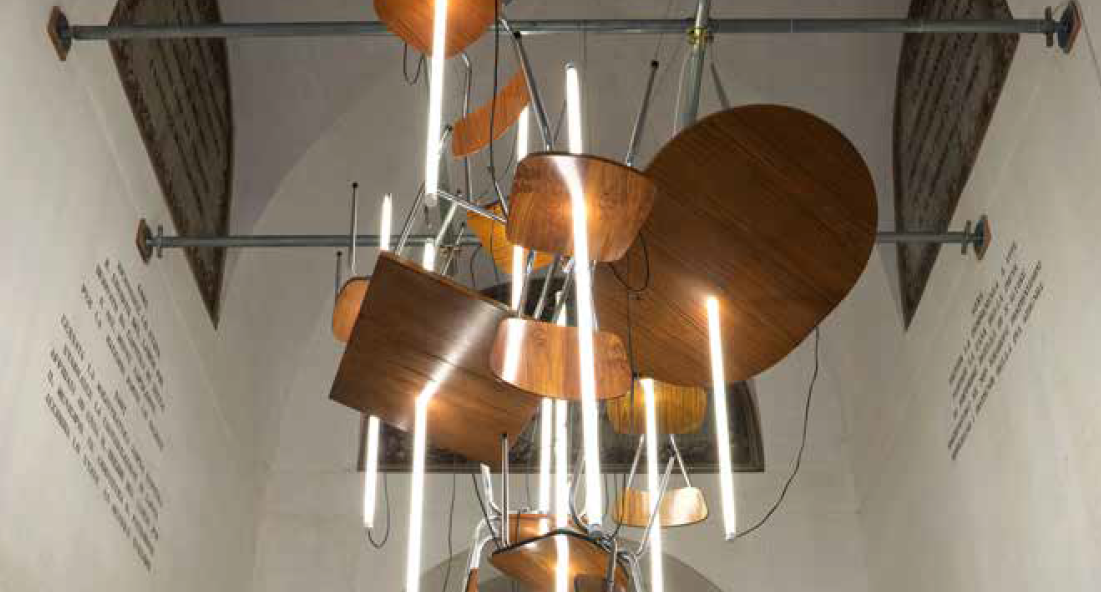
Art in Context: Bill Culbert
A visual art and art history education resource for secondary teachers inspired by Bill Culbert’s 2013 Venice Biennale exhibition. It includes a sculpture trail in Wellington, and art work analysis…
-

Literacy resources for teaching Art History
A collection of literacy strategies from Irene Anderson, Team Solutions Literacy Specialist for enhancing learning in Art History
-

Art Study Cards
These study cards are designed for secondary visual art and art history students. They could be used in a gallery setting or for classroom activities. Each card explains key art…
-
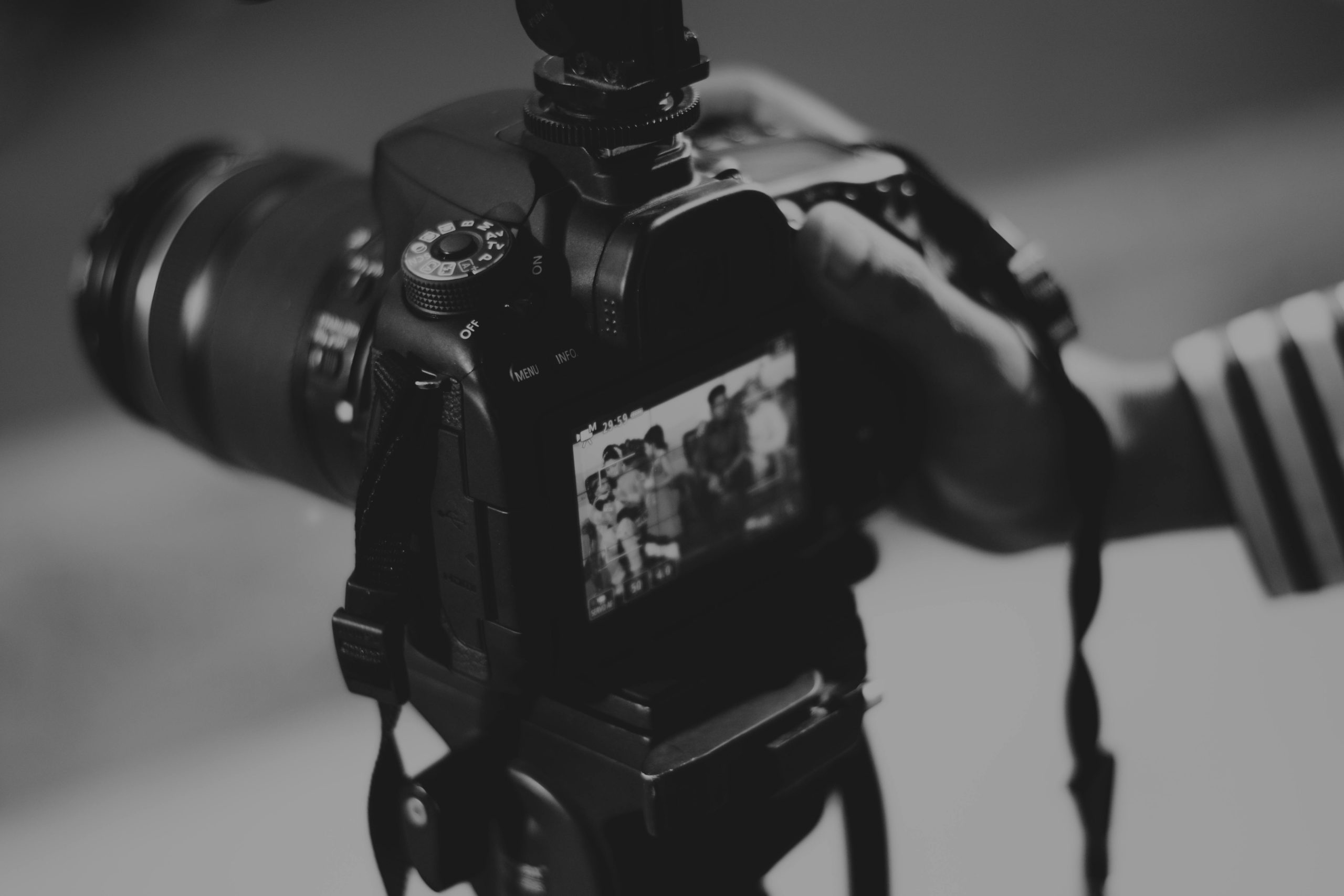
Photography Study Card
This study card explains key photography terms and poses targeted questions designed to prompt students to analyse and discuss photographs from different perspectives. Secondary Visual Arts and Art History students…
-
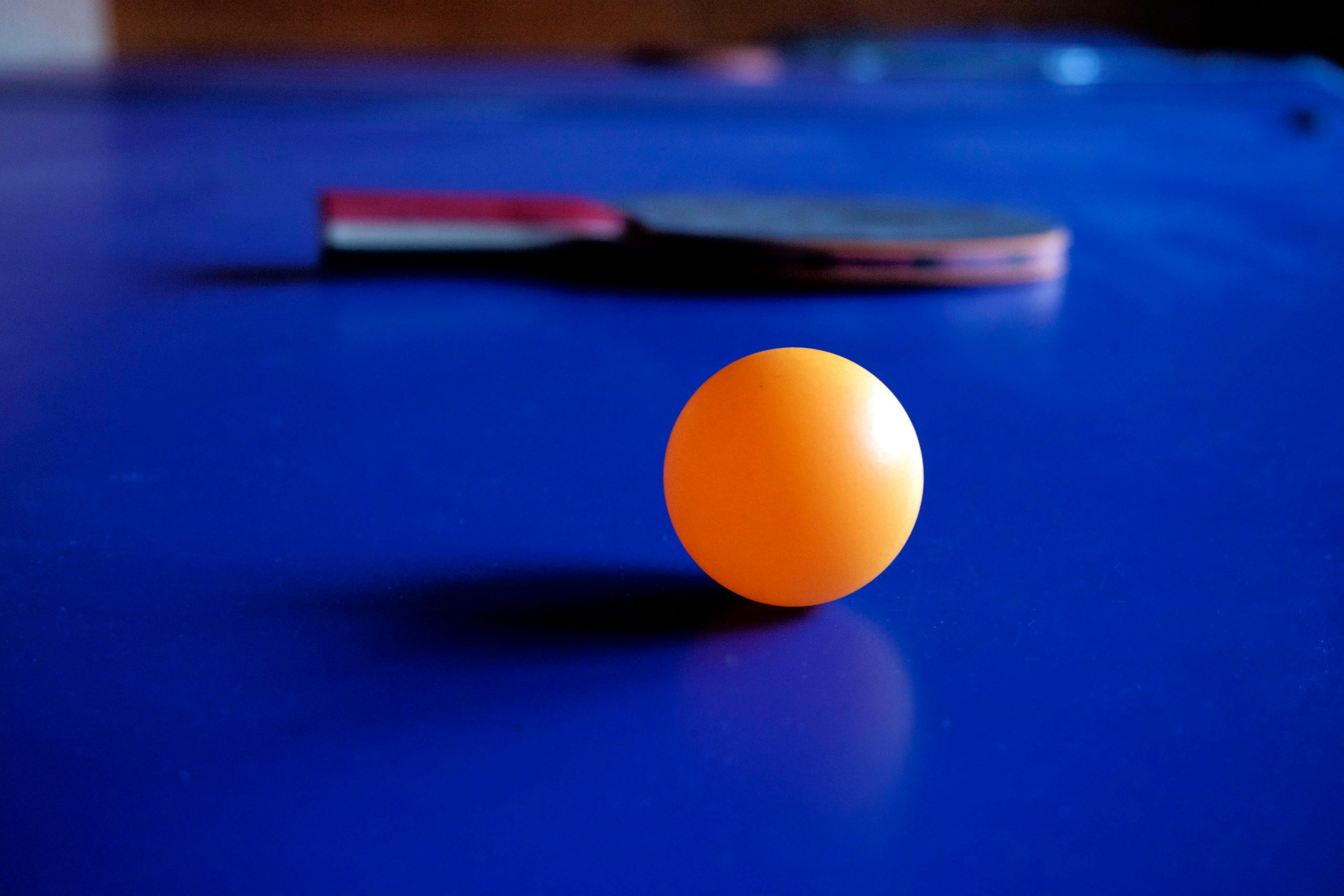
Ping-Pong Discussion Game
This resource uses ping-pong balls to generate class discussion about the elements principles and contextual ideas of artworks – particularly targeted at the Communicating and Interpreting strand of the Arts…
-

Metaphor and Symbolism in Art
This resource is an introduction to the use of symbolism and metaphor in art for senior Photography students preparing to make a symbolic self-portrait using newly acquired Photoshop skills. Easily…
-

Art New Zealand Relief Task
A written relief task designed for Y10 that asks students to respond to works that they find in Art New Zealand magazines.
-

Discussing Art Handout
A handout designed to help students develop their skills when critiquing and discussing art.
-
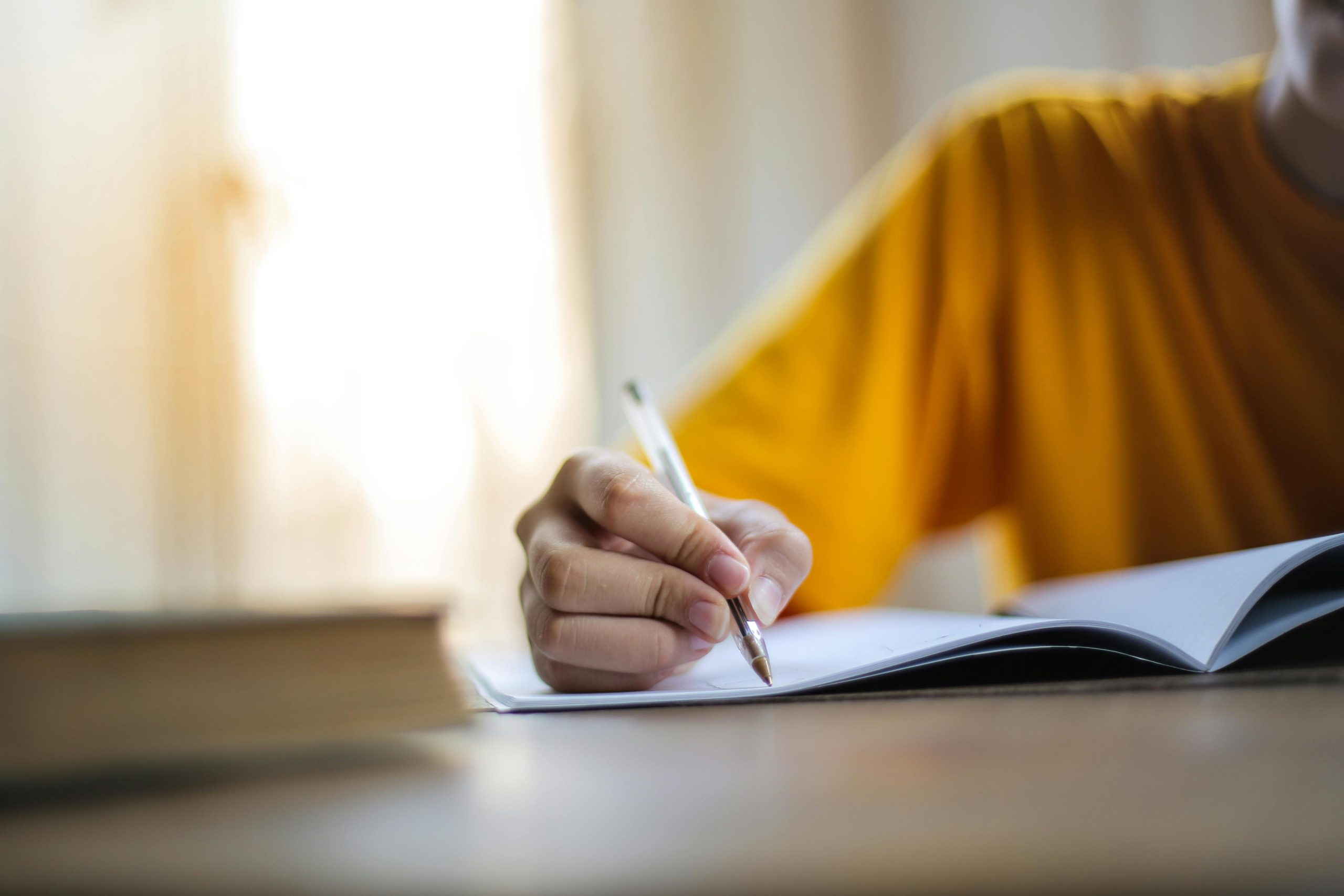
Writing Artist Statements Handout
An artist statement is an artist’s written description of their work. It’s a brief text to support their artwork and to give the viewer more understanding.
-

Decolonising thinking, being and relating
This teaching unit engages with the effects of colonisation on indigenous ways of knowing, relating and being. It then engages with current indigenous whenua (land) and moana (ocean) struggles as…
-

The Public Studio: Art, Design and Gentrification
This zine, a part of our Creative Resistance How-to Series, is designed to make our skill sets accessible. We encourage you to copy, share, and adapt it to fit your…
-

The Public Studio: An introduction to research
This zine, a part of our Creative Resistance How-to Series, is designed to make our skill sets accessible. We encourage you to copy, share, and adapt it to fit your…
-

Linking Curriculum Strands to Research and Conventions
A framework to help support Senior students unpack the research and conventions Achievement Standards.
-
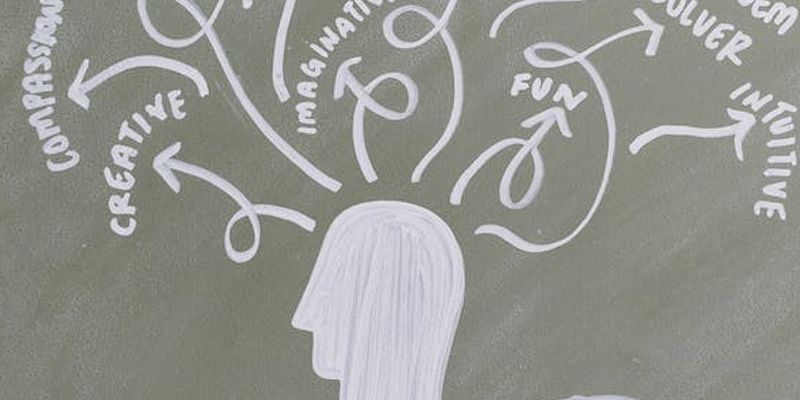
Planning a Mind Map
The mind map is an important starting point for you to link your research to your own theme and ideas.
-

Developing a workbook and studio practice
A framework to help Senior students develop their workbook practice.
-
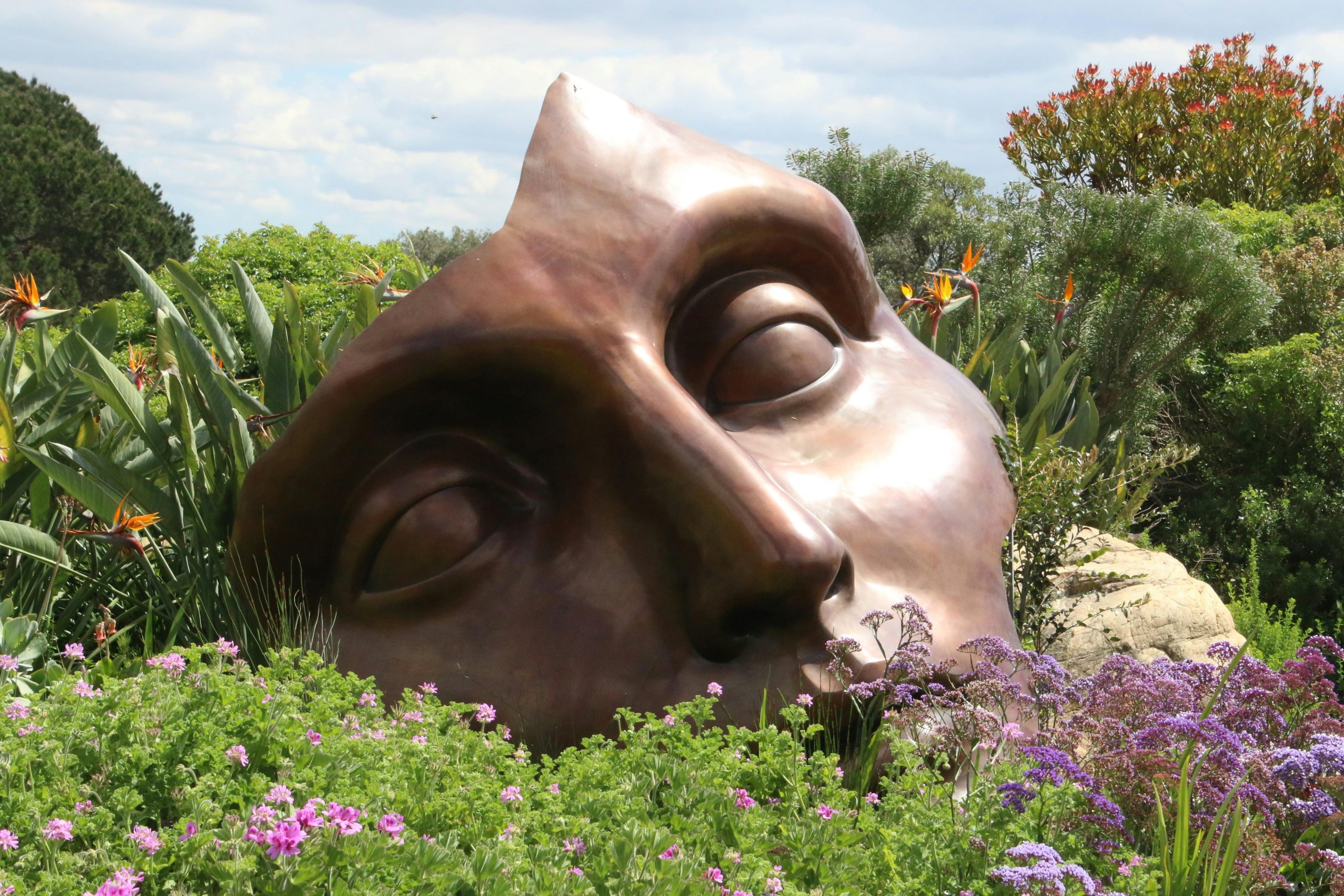
Conceptual Understanding
‘A concept is a “big idea”—a principle or notion that is enduring, the significance of which goes beyond particular origins, subject matter, or place in time.
-
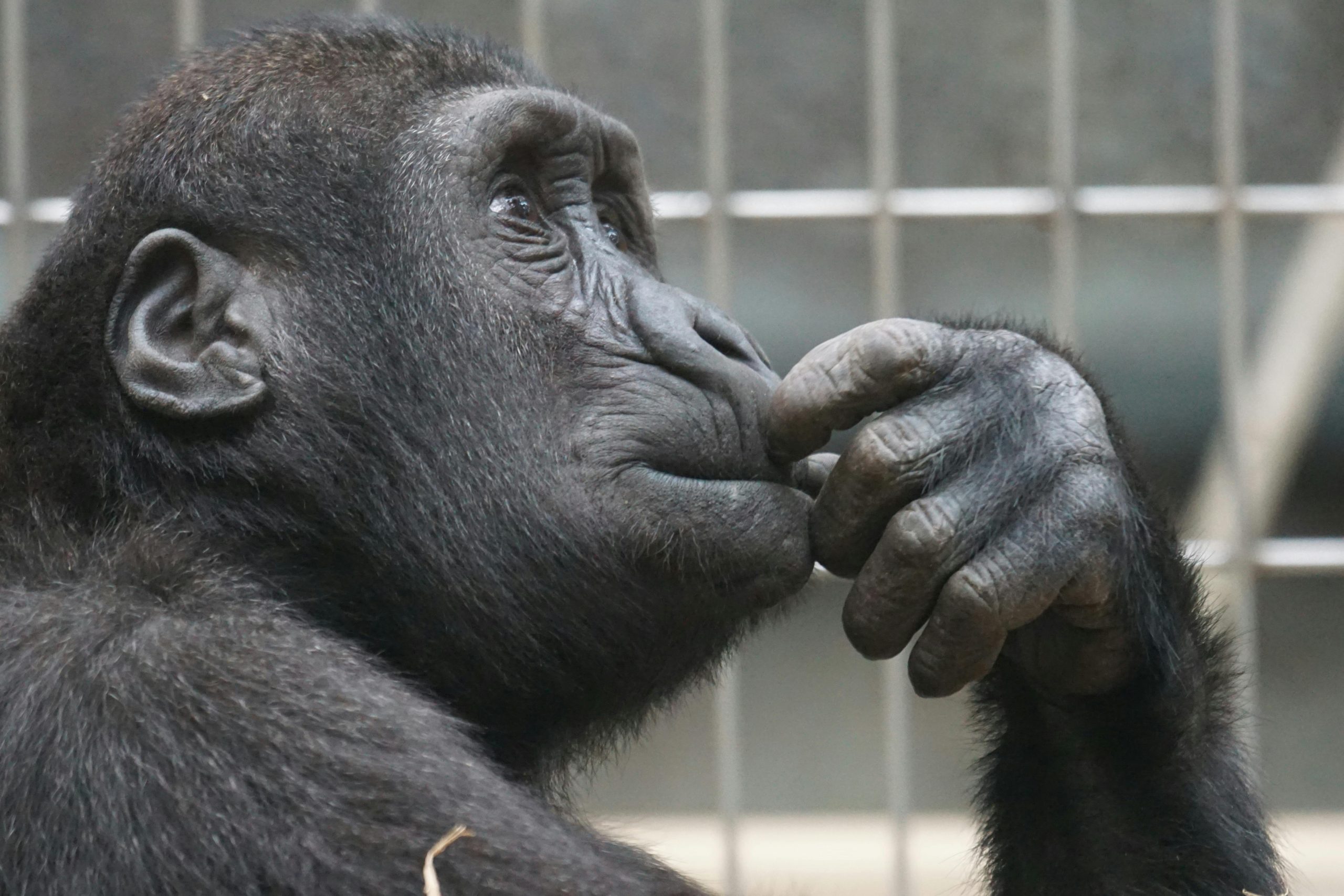
The Thinking Process Unpicked
A framework that looks at the Thinking Process in Senior Visual Arts.
-
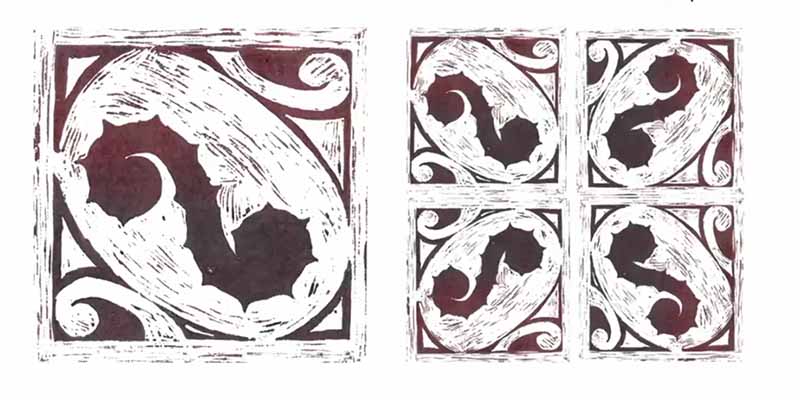
2023 Conference Presentation: How to write like an Artist and Maths is Scary
In this two-part presentation, Laura Jackson shares approaches to teaching Literacy and Numeracy in Visual Arts.
-
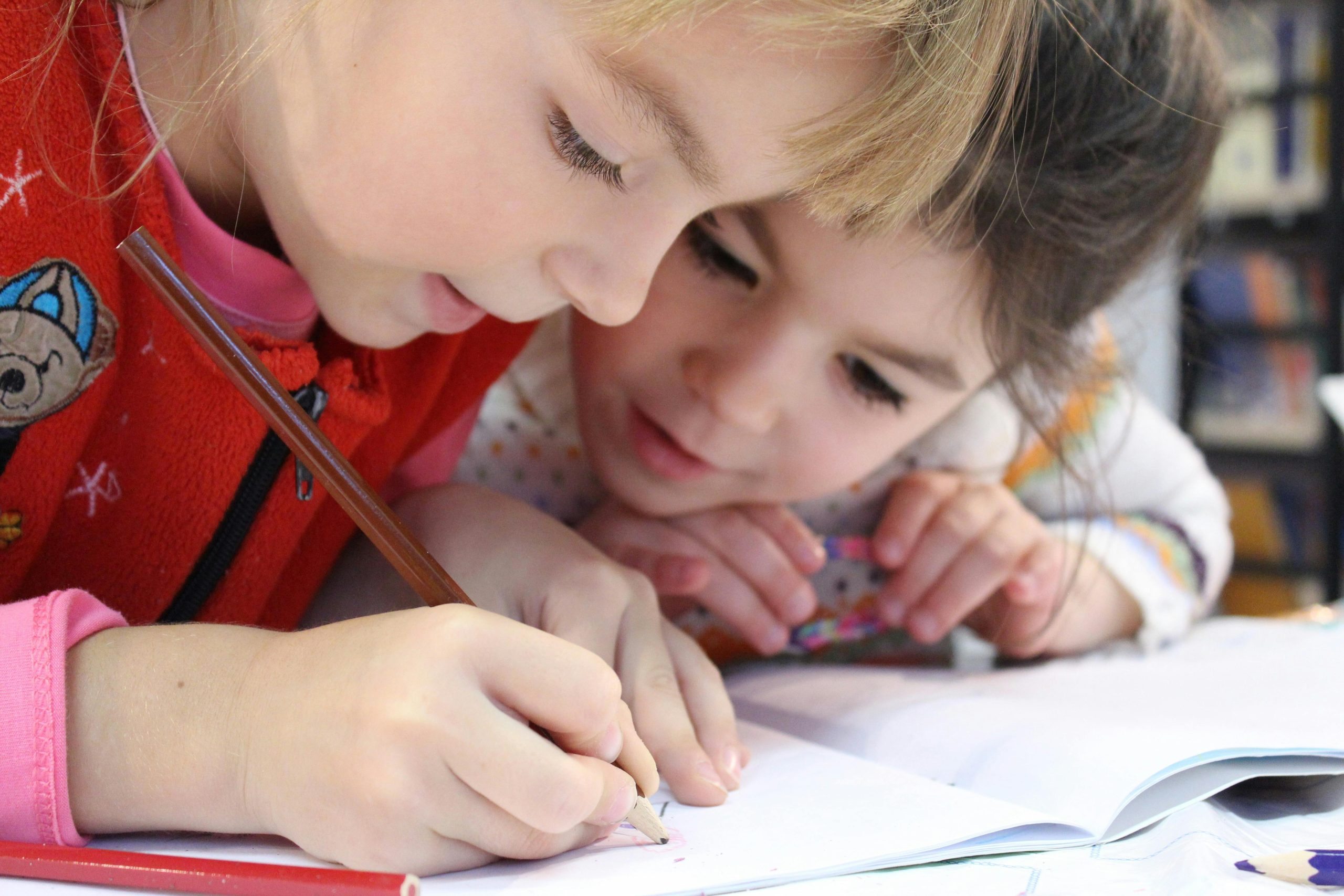
More than words can say: A view of literacy through the arts
“Since its publication in 1998, “More than words can say” has proven to be a seminal document in Australian arts education. It articulated a powerfully argued position on the arts…
-

Painting the Town – Street Art in Christchurch ↗
External link: “After the earthquakes in Christchurch, many public facilities were suddenly not available. “Painting the Town” describes how artists have provided people with other ways of experiencing the city…
-
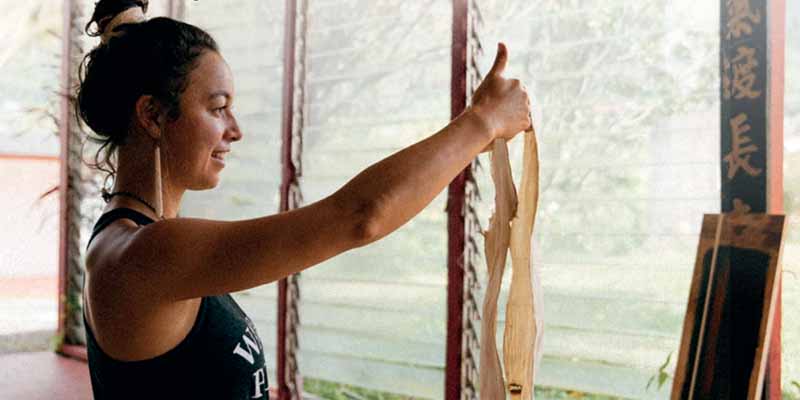
Nikau Hindin: The Art of Aute ↗
External link: “Little is known about the history of cloth-making in Aotearoa. This article is a useful introduction to a tradition that’s found across the Pacific. Nikau Hindin has led…
-
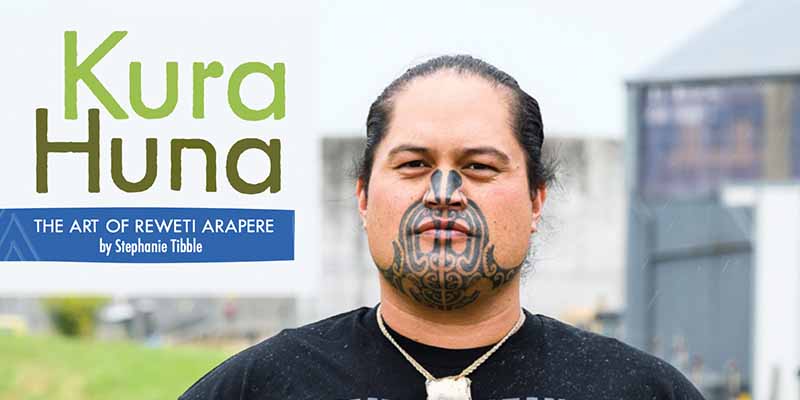
Kura Huna: The Art of Reweti Arapere ↗
External link: “Reweti Arapere learnt that the art he wanted to make was the art that emerged when he looked at the world through his Māori eyes. His giant cardboard…
-

NZQA Visual Arts Glossary
Visual arts glossary of key terms and definitions used by NZQA.
-
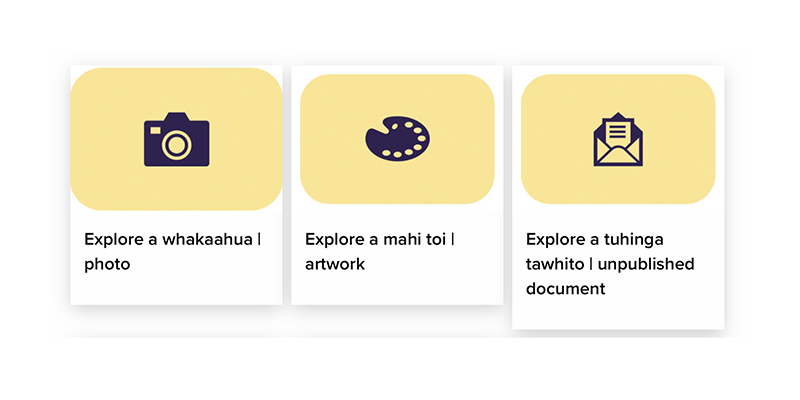
Tools for Primary Source Analysis ↗
External Link: “Our primary source analysis tools are designed for ākonga (students) from years 1 to 13 in Aotearoa NZ schools.”
-
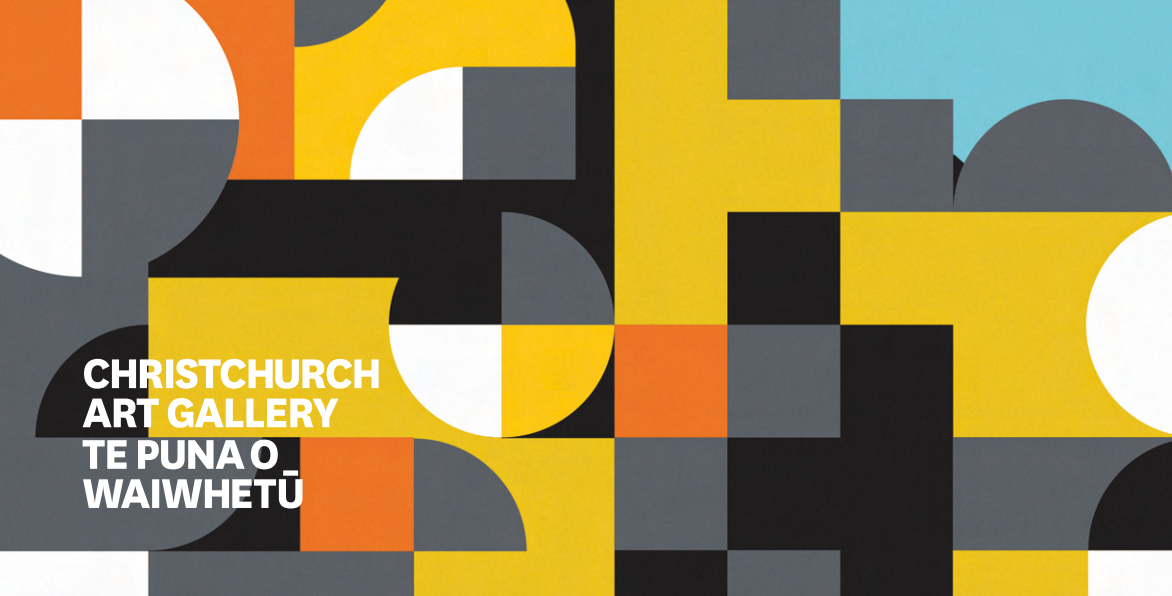
Te wheke Student Workbook
A workbook created by Christchurch Art Galley that looks at a range of artworks from the gallery collection.
-

Activity: Being an Art Detective
Introduces junior students to the visual art research process. Provides key questions and links to relevant sites.
-
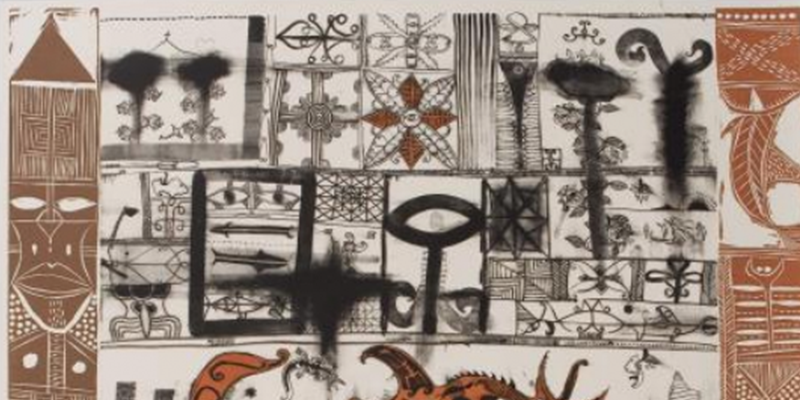
John Puhiatau Pule Analysis
“John Pule born in Ulumago, Niue was raised in Otara and Grey Lynn Auckland from the age of 3.”
-

Marian Maguire Analysis
“Marian Maguire, born and based in Christchurch, has produced lithographic prints and etchings over the last decade using the visual language of Ancient Greek vase painting”
-
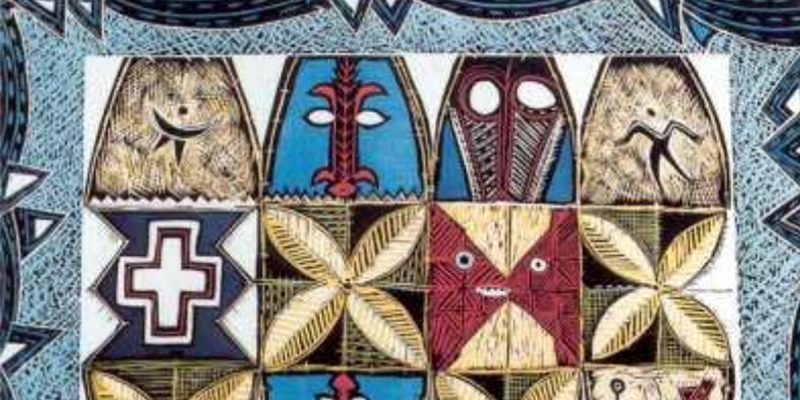
Fatu Feu’u Analysis #2
The image is symmetrical. It is balanced by the use of grids within a frame to organize the imagery.
-
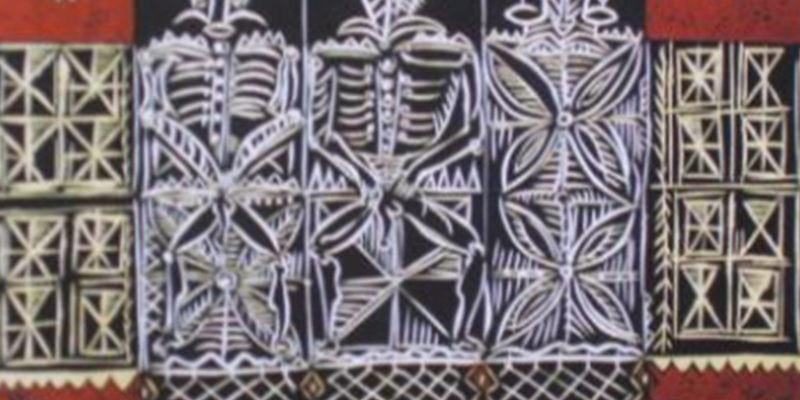
Fatu Feu’u Analysis
Fatu Feu’u (b.1946, Samoa) is from the village of Poutasi in the district of Falealili in Western Samoa. He emigrated to NZ in 1966.
-

Te Papa: Visual Language Resource ↗
External Link: “Choose from 16 creative activities designed to help students engage with art and develop their visual language skills.”
-
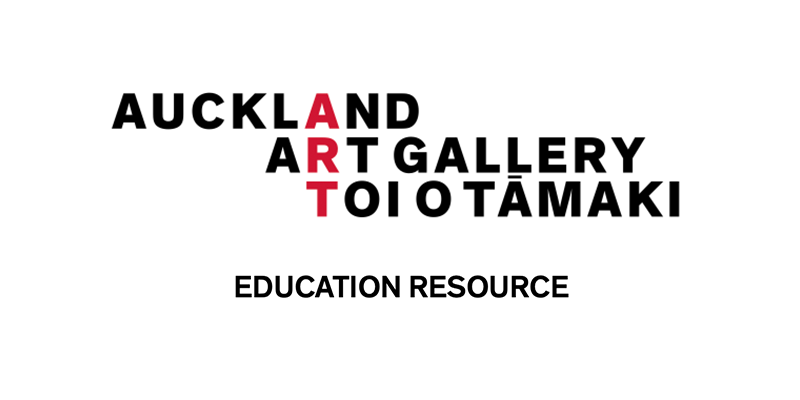
Analysing Visual Texts in the Gallery ↗
External Link: “These resources relate to our programme for students of English supporting Achievement Standards: 1/2/3.2; 1.8 2/ 3.7; 1.11, 2.10, 3.9 .”
-

Colour Lesson Card
“The colour combinations artists use can have a dramatic effect on the way we feel. Discover how artists have used colour by looking at a range of works and answering…
-

Composition & Space Lesson Card
“For centuries, artists have developed ingenious techniques to create the illusion of depth, or 3-D space. To find out how artists are tricking your eyes, look at a range of…
-

Light & Tone Lesson Card
“Light is a crucial element for artists to consider in their work. Some manipulate it for dramatic effect.
-

Personal Response Lesson Card
“What does an art work mean? No two people will have the same answer. Your perspectives, opinions, and feelings all play a part in your interpretation. To find out what…
-

Meaning & Message Lesson Card
“Artists use a range of ingenious methods to communicate meaning in their work.
-

Painting Lesson Card
“The way an artist uses paint can have a dramatic impact on the way we perceive their work.
-

Photography Lesson Card
“Photography began around 1830, but most people weren’t able to instantly capture the world around them until after 1900.
-

Sculpture Lesson Card
“Sculptures vary enormously in their materials, techniques, scale, and effects
